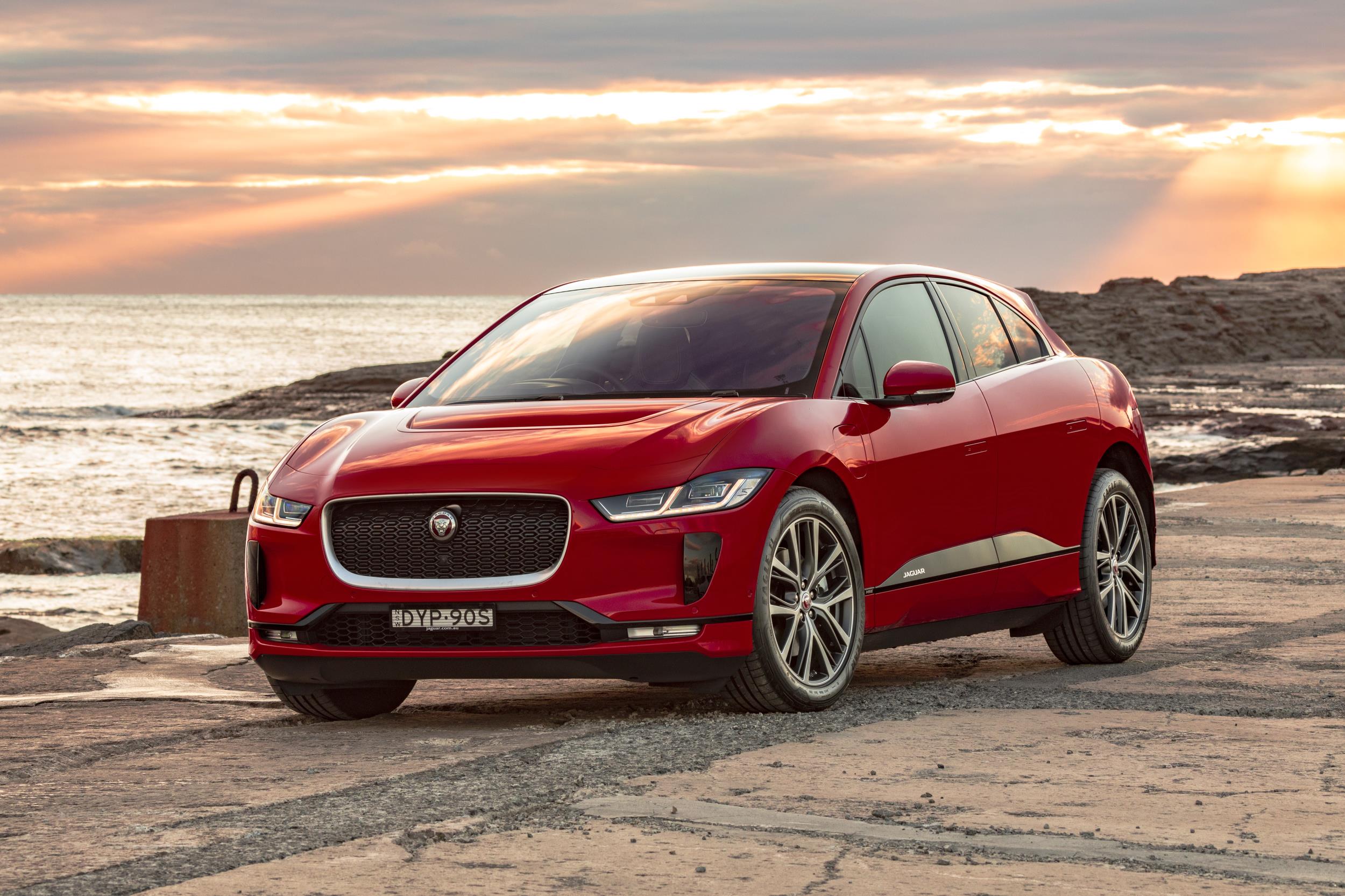Driven: Cupra Formentor e-Hybrid PHEV from Spain
Until now, the most affordable plug-in hybrid tech from the Volkswagen Group hasn’t been seen in Australia. This will change with the arrival, sometime in the second quarter of 2022, of Cupra with the Cupra Formentor e-Hybrid .
There will be two PHEVs in its planned Australian line-up. The more attractive of the pair is the Formentor e-Hybrid. The Formentor, a sharp looking compact crossover, is the first model purpose-designed for the new Spanish brand.
Who is Cupra?
Here’s what you need to know about Cupra…
It’s basically a sub-brand of the Volkswagen Group’s Spanish subsidiary Seat, which failed to make much of an impression in Australia when sold here for several years back in the second half of the 1990s.
READ MORE: Cupra to go EV with Born electric hatch with hot hatch cred
Though practically unknown in Australia, Seat is a sizeable outfit. It produced more than 450,000 cars in 2020, which were sold in more than 70 countries across Europe, the Middle East, Africa, Latin America and South-East Asia.
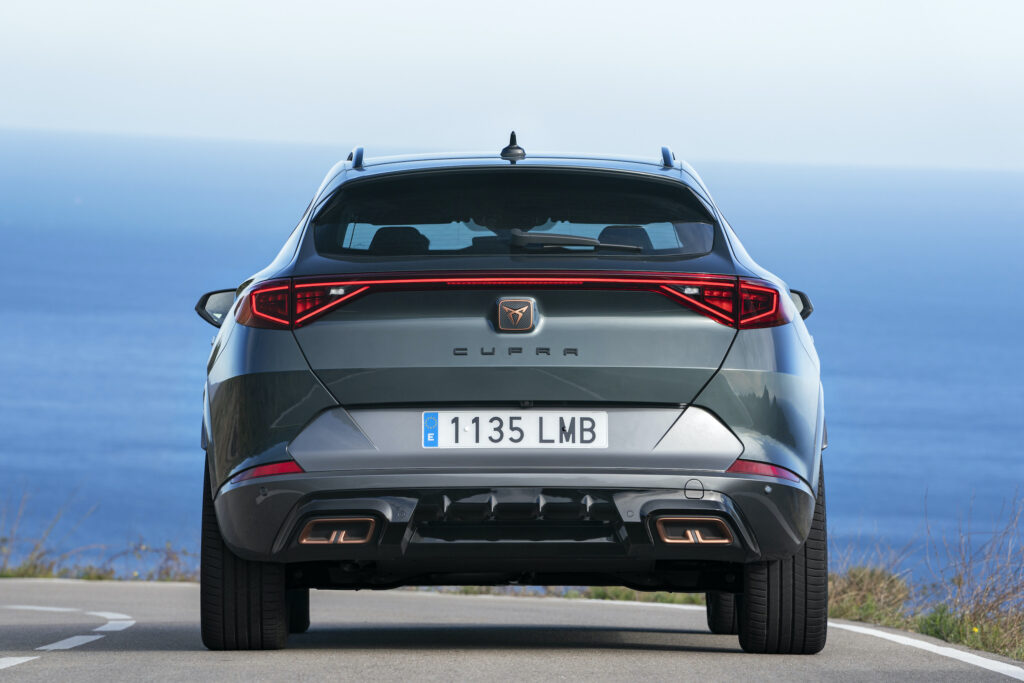
In 2018 the company renamed its successful competition and performance car department, Seat Sport, to create Cupra. The name, which stands for Cup Racing, had been previously used as a model designation on Seat hot hatches from the late 1990s until recently.
Seat’s aim with the Cupra brand is to make a profitable move upmarket, to a sub-premium position. The brand’s coppery signature colour symbolises this; it’s up there on the medal podium, but below gold and silver.
The first two cars from Cupra were based on existing Seat models. First came the Ateca small SUV, basically a Skoda Karoq with some different exterior panels and made in the Czech Republic by the VW Group subsidiary. It was followed by the Leon small hatch, which shares a lot in common with the new VW Golf VIII and is produced at Seat’s main factory outside Barcelona.
The Formentor, which went into production late in 2020, is built on the same MQB Evo platform as the Leon and Volkswagen Golf. But it’s a Cupra-only design, unlike anything wearing a Seat badge.

This good looking compact crossover accounts for two-thirds of Cupra sales in Europe, and will spearhead the brand’s attempt to establish a niche for itself in Australia. This move is part of Cupra’s grand plan for growth beyond Europe; it’s also moving into Mexico and Israel.
The PHEV currently accounts for 40 percent of Formentor orders in Europe. It’s unlikely to prove quite such a hit in Australia, where three variants with turbo petrol engines and all-wheel drive are likely to be much more popular.
The Formentor e-Hybrid is front-drive only, but its maximum system output of 180kW matches the power of the middle of the three ICE models.
The Cupra has the VW Group’s latest generation PHEV tech for smaller, transverse-engined front-drive models. It was introduced in the new Golf, for example, only a year ago.
Nuts and volts
The Formentor e-Hybrid’s propulsion system consists of a 110kW turbo 1.4-litre four-cylinder engine with a six-speed double-clutch gearbox, and an 85kW electric motor with a 13kWh lithium-ion battery pack.
With short-time maximum system outputs of 180kW and 400Nm, the Formentor’s PHEV powertrain matches the specification of the sporty Golf GTE sold in Europe and elsewhere, but not Australia. In turn, and not by accident, the GTE equals the famed Golf GTI for maximum power.
VW Group’s PHEV system is a fairly conventional parallel hybrid set-up, where drive can be supplied by the e-motor alone, the the engine, or both working together. The big advance compared to the previous generation of the Group’s affordable PHEV tech is that the battery can store 50 percent more energy than before.

The larger battery pack means the Formentor e-Hybrid has a WLTP-rated electric-only driving range of 52 to 55km. Recharging from a standard European 2.3kW power socket takes five hours, according to Cupra. Using a 3.6kW AC wallbox cuts the time needed for a complete recharge to a fraction more than 3.5 hours. DC fast charging isn’t an option.
The e-Hybrid’s default on start-up is electric-only E mode, so long as there’s sufficient battery charge. Maximum speed is restricted to 130km/h in E. At higher speeds and when the battery pack is low on charge, the system switches to Hybrid mode.
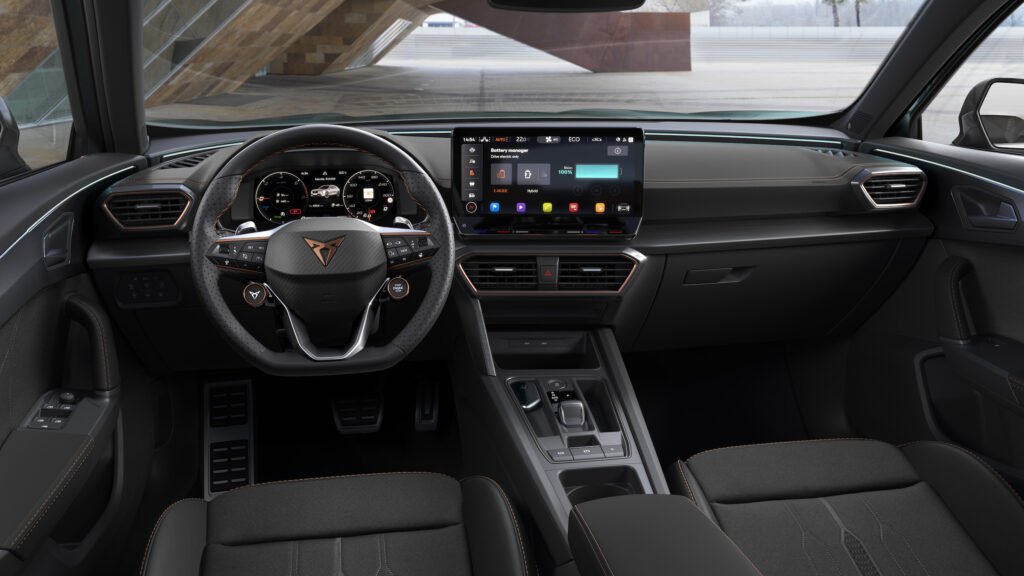
Hybrid can also be manually selected on the central touch screen. This mode’s sub-menu gives the driver the choice of engaging or disengaging the system’s charge-preserving Battery Hold mode or the Battery Charge mode, which uses the ICE to gradually fully recharge the pack.
Driving the Formentor e-Hybrid
With its sporty crossover silhouette, the Formentor looks like it should be exciting to drive. The e-Hybrid doesn’t disappoint.
The Cupra’s sharp steering and firm suspension set-up give it the handling character of a hot hatch, despite its extra height and ground clearance.
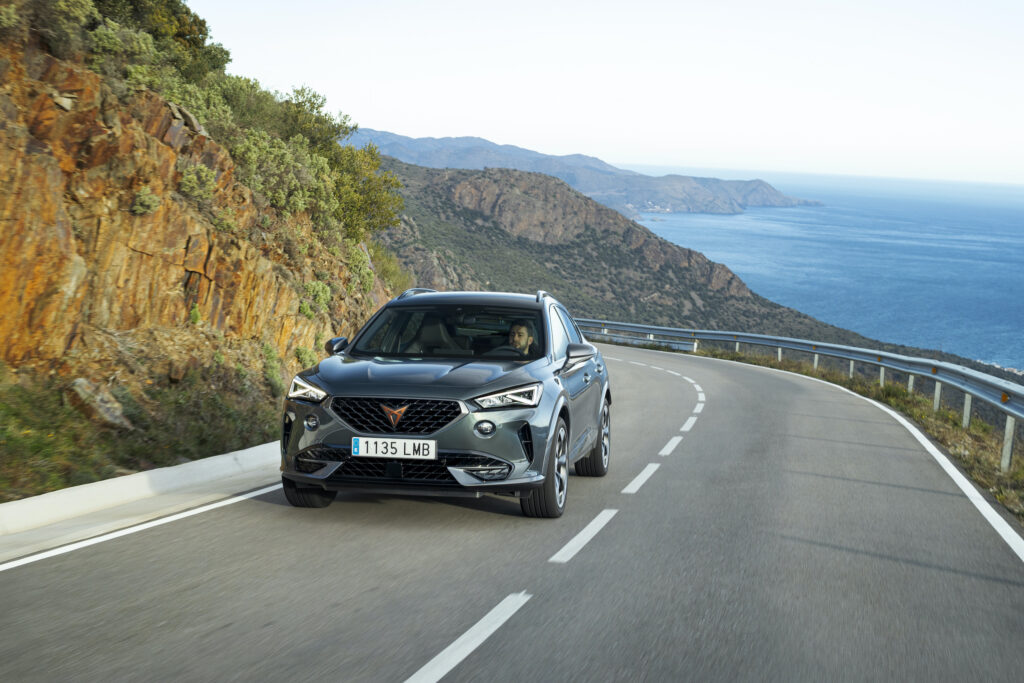
Performance in Hybrid mode is strong at the bottom of the rev range, thanks to the big torque boost delivered by the e-motor. Though being front-drive, it doesn’t have quite the same off-the-line urgency as the all-wheel drive ICE-powered models.
It’s very pleasant at highway speeds. Engine revs are kept low by the transmission’s tall gearing. Because the system can call on the e-motor for extra grunt, it doesn’t often need to shift back a gear to climb hills.
Performance in E mode is more than enough for the cut and thrust of city traffic, even in busy Barcelona, where we drove the Formentor e-Hybrid.
VW Group’s PHEV tech is nicely polished, too. Its double-clutch auto is a smooth shifter whether driving sedately or speedily. Noise and vibration levels are impressively low.
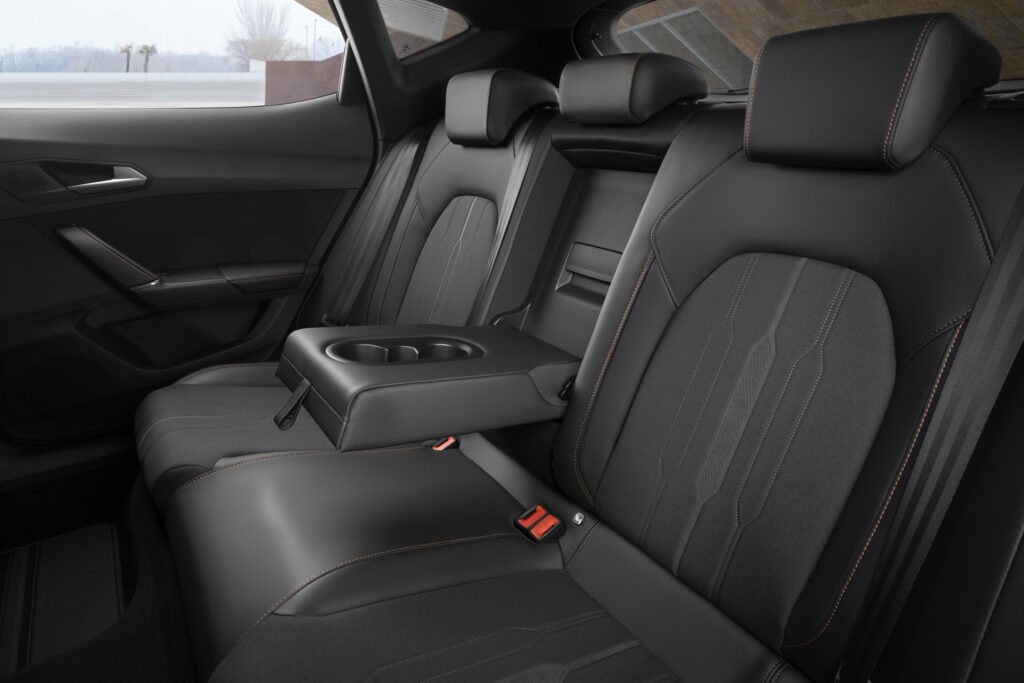
It’s also well made and roomy inside. The rear seat has space enough for large adults to get comfortable, though the swoopy exterior design does restrict the view from back there.
There’s only one obvious compromise involved in choosing the e-Hybrid version of the Formentor compared to the ICE-powered versions. The PHEV’s battery pack reduces the capacity of the cargo compartment; 365 litres instead of 420 litres.

Because Cupra’s arrival in Australia is around 10 months away, pricing of the Formentor range is a long way from being announced. But Volkswagen Group Australia, which will manage Cupra, says the Spanish brand will operate in the territory between $40,000 and a little more than $60,000.
The Formentor e-Hybrid is shaping up to be at the top end of that price range.
The fun-to-drive crossover PHEV from Spain will add a little spicy flavour to the range of PHEVs on offer in Australia.



